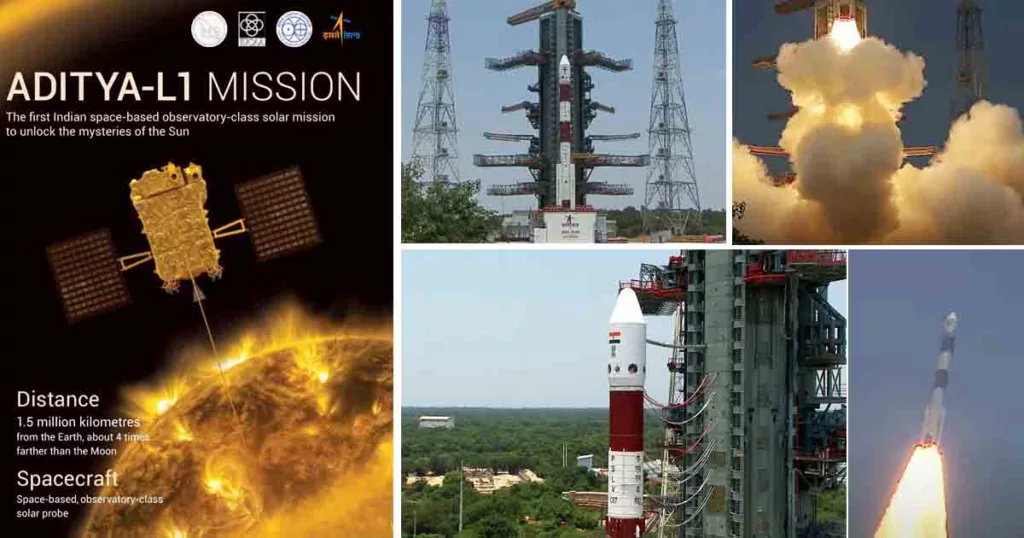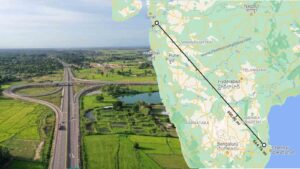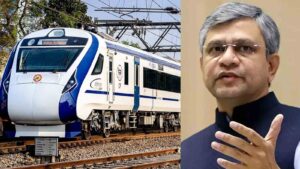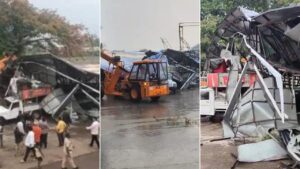ISRO Solar Mission : Aditya-L1 Undergoes Trajectory Correction

Solar Mission: Aditya-L1 Undergoes Trajectory Correction
In a recent update, the Indian Space Research Organisation (ISRO) announced the successful trajectory correction maneuver (TCM) of the Aditya-L1 spacecraft on October 6 as it journeys towards the Sun-Earth L1 point. The TCM, lasting 16 seconds, was performed to fine-tune the spacecraft’s path after the Trans-Lagrangean Point 1 Insertion (TL1I) maneuver conducted on September 19.
ISRO confirmed the spacecraft’s health and its continued progress towards Sun-Earth L1, stating that the TCM was essential to ensure it follows its intended trajectory for halo orbit insertion around L1. In the coming days, the magnetometer onboard Aditya-L1 will be reactivated as the mission advances.
Aditya-L1 began its journey towards Sun-Earth Lagrange Point 1 (L1) on September 30 after successfully departing Earth’s sphere of influence. The mission was launched aboard the PSLV-C57.1 rocket from the Satish Dhawan Space Centre on September 2. This significant mission comes shortly after ISRO’s historic Chandrayaan-3 lunar landing mission.
ISRO estimates that Aditya-L1 will reach its observation point in approximately four months, positioning itself in a halo orbit around Lagrangian Point 1, situated 1.5 million kilometers from Earth in the direction of the Sun.
The spacecraft is equipped with seven distinct payloads designed for studying the Sun. Four of these payloads will observe solar light, while the remaining three will measure in-situ parameters of plasma and magnetic fields.
India’s solar mission, Aditya-L1, primarily aims to investigate the physics of the solar corona and its heating mechanisms, solar wind acceleration, the dynamics of the solar atmosphere, solar wind distribution, temperature anisotropy, and the origin of Coronal Mass Ejections (CME) and solar flares. The mission also aims to understand their impact on near-Earth space weather.








